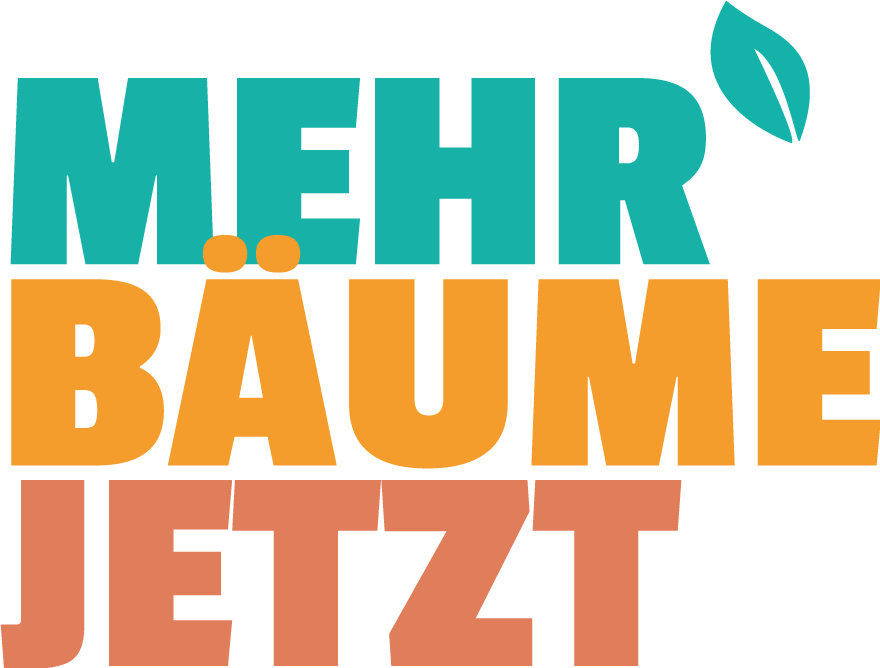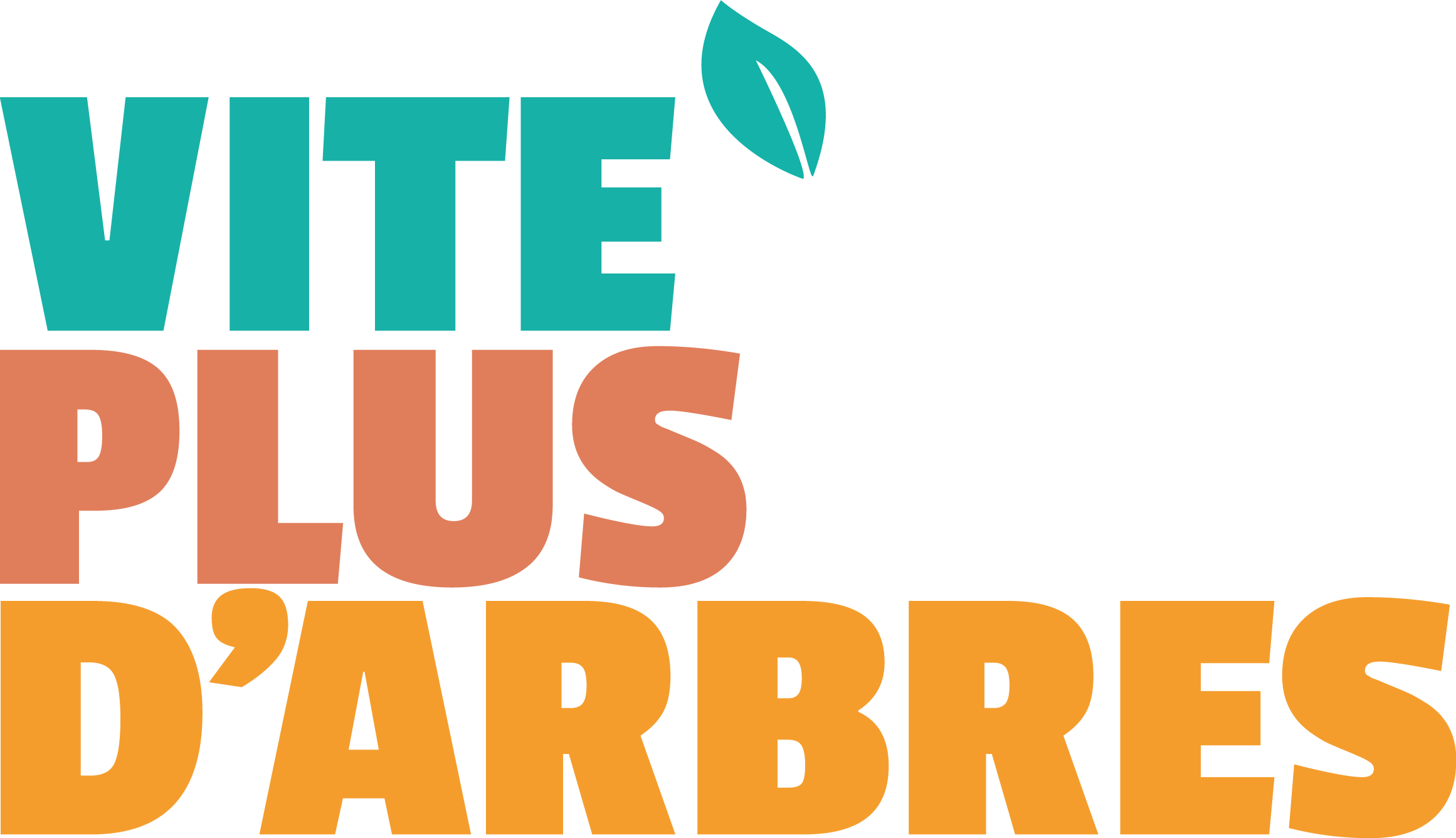L’organisation travaille à l’internationale, née aux Pays-Bas, elle s’est étendue vers l’Allemagne, le Royaume-Uni, l’Irlande et la France.


© Vite Plus d’Arbres
Do you organise nature workdays to remove saplings and shrubs? More Trees Now is interested in all types of trees and shrubs, except invasive exotics, from knee to man height, to be removed with roots. We are also looking for cuttings of figs, willows, elders and poplars. Read on to give your trees a second chance!
More Trees Now looks at nature differently, and nature produces millions of seedlings every year. We collect saplings from places where their chances of survival are poor, or where they grow in excess. A rowan tree too close to the path, a tree growing on the moors or a forest where beech takes over: undesirable for one person, but someone else would love to plant it! These are now growing in thousands of backyards, farmyards and start-up food forests. Apart from thousands of volunteers, More Trees Now also works with provinces, municipalities, estates, foresters and green space managers. This way, together, we make the Earth greener faster and cheaper!
On the national Nature work day volunteers flock into the countryside to help with nature management. During this nationwide actions we can cooperate, because all the young uprooted trees and shrubs that are not invasive exotics, we would like to transplant! Where the birch, hawthorn or bramble is not wanted in one place, another is eager for it! So let’s join forces to help out and give seedlings a second chance
Questions? E-mail to info@viteplusdarbres.fr
The Trees Planner of More Trees Now gives you access to a whole network of volunteers, Tree Hubs and planting sites that are eager to further green our land(s)!
Questions? E-mail to info@viteplusdarbres.fr
L’organisation travaille à l’internationale, née aux Pays-Bas, elle s’est étendue vers l’Allemagne, le Royaume-Uni, l’Irlande et la France.


© Vite Plus d’Arbres